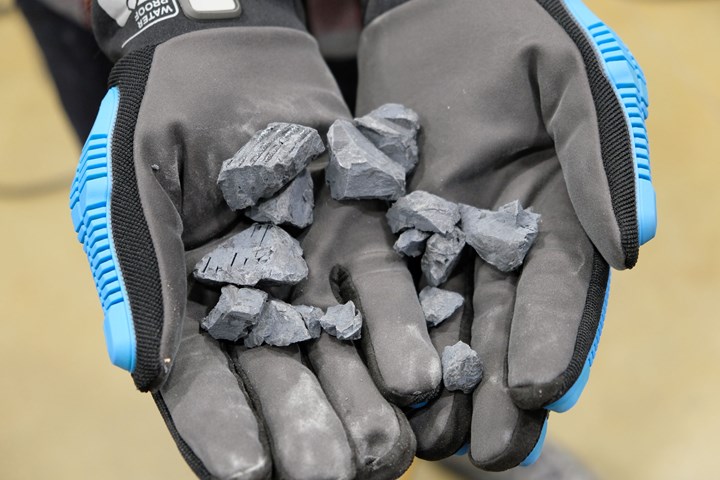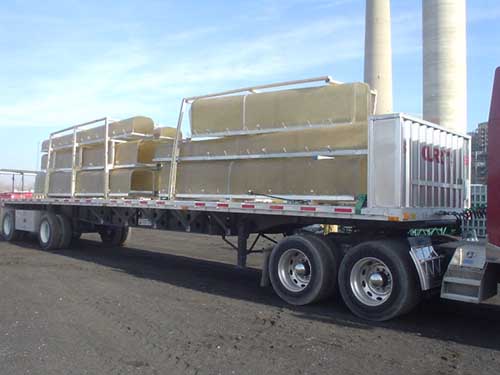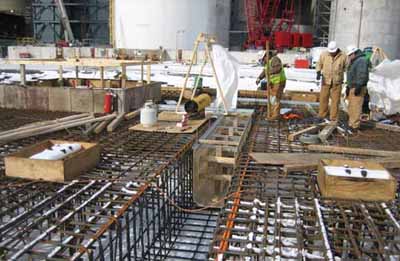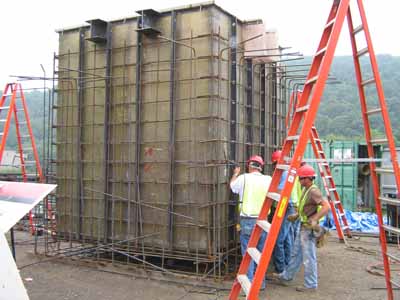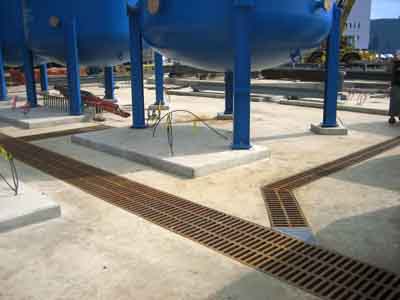Processes now being used in a new factory at suburban Wingfield in South Australia will revolutionise the Australian infrastructure sector with production now underway of strong, damage-tolerant FRP composite structures through an international manufacturing deal.
This has created 15 jobs and will generate trade opportunities, supporting employment growth.
The use of recycled plastic waste is a considerable challenge, but we have invested in research that will enable the use of recycled waste elements in the manufacturing of FRP structural decks.
The facility delivered its first contract in June, a 24m overpass pedestrian bridge deck for the Rail NSW Waterfall Station in New South Wales.
SIS Managing Director, Nick Wotton announced a commitment after completing engineering studies to
move to manufacturing bridges with a core made up of at least 50% recycled plastics as of June 2023 –
with a goal to move to 100 per cent over the calendar year.
“Aside from creating employment opportunities with up to 15 new jobs in the first 12 months, cuttingedge technology used in the material will be a game changer in the way bridges and other structures are manufactured and installed in Australia, New Zealand and the Pacific Islands,” he said.











